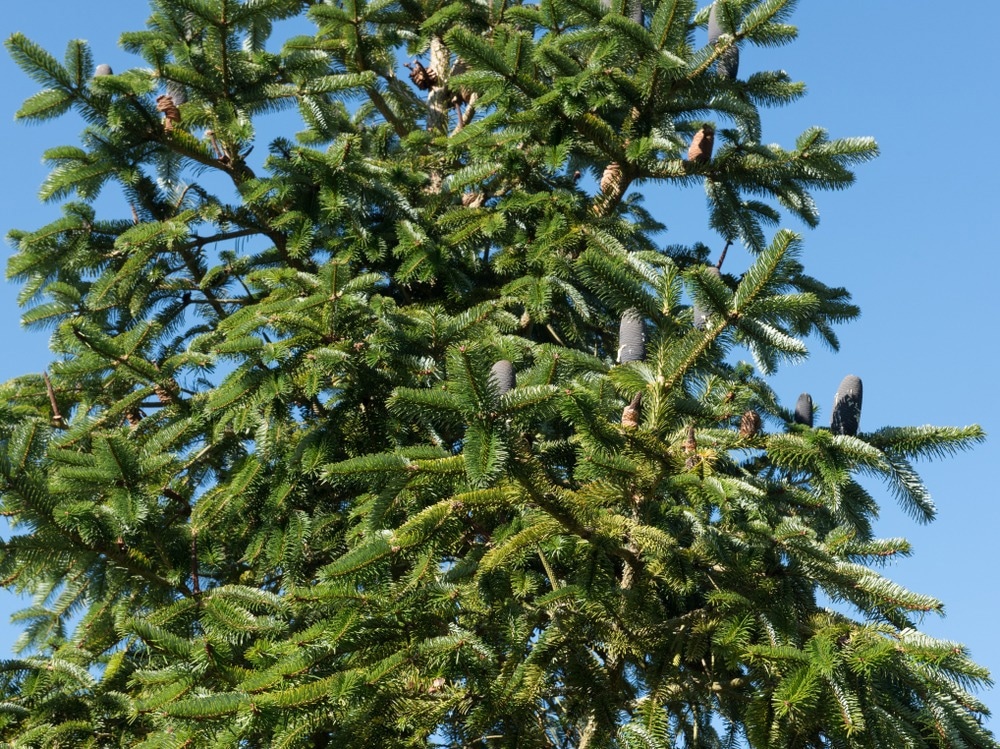A temperature signal was found to be present at higher elevations and a moisture signal to be present at lower elevations in a previous dendroecological investigation of fir growth from the northern declivity of Mt. Everest.

Image Credit: Peter Turner Photography/Shutterstock.com
However, in the southern declivity of the world’s steepest height gradient, the Mt. Everest region, no study has yet examined a tree species’ response across the whole range of its elevational distribution.
Researchers from the Xishuangbanna Tropical Botanical Garden (XTBG) of the Chinese Academy of Sciences and their associates examined the growth and climate sensitivity of Abies spectabilis (Himalayan silver fir) through an elevation gradient in the Sagarmatha (Mt. Everest) National Park in a study that was published in Agricultural and Forest Meteorology.
They sought to determine the primary climatic factors restricting A. spectabilis’ development throughout its elevational distribution range and to evaluate variations in long-term tree growth rates at various elevations.
Across an elevation gradient (3400–4100 m above sea level) in the Mt. Everest region of the central Himalayas, the researchers created six tree ring width chronologies of A. spectabilis, spanning 98 to 310 years.
They discovered that the key factor limiting development was the temperature during and before the growing season. The second most crucial development component, particularly in lower-elevation forest belts, was the availability of spring moisture.
Himalayan fir in low- to middle-elevations saw slower growth due to a lack of spring moisture availability.
Additionally, they discovered a recent upward growth tendency at the treeline, which is probably a result of the warming global climate. The recent escalation of drought conditions throughout the spring season could be connected to unfavorable growth patterns at low to mid-elevations.
Our results highlight the importance of understanding the vulnerability of forests at middle and low elevations to future climate change.”
Zexin Fan, Professor, Key Laboratory of Tropical Forest Ecology, Xishuangbanna Tropical Botanical Garden, Chinese Academy of Sciences
Source:
Journal reference:
Gaire, N. P., et al. (2023). The impact of warming climate on Himalayan silver fir growth along an elevation gradient in the Mt. Everest region. Agricultural and Forest Meteorology. doi.org/10.1016/j.agrformet.2023.109575